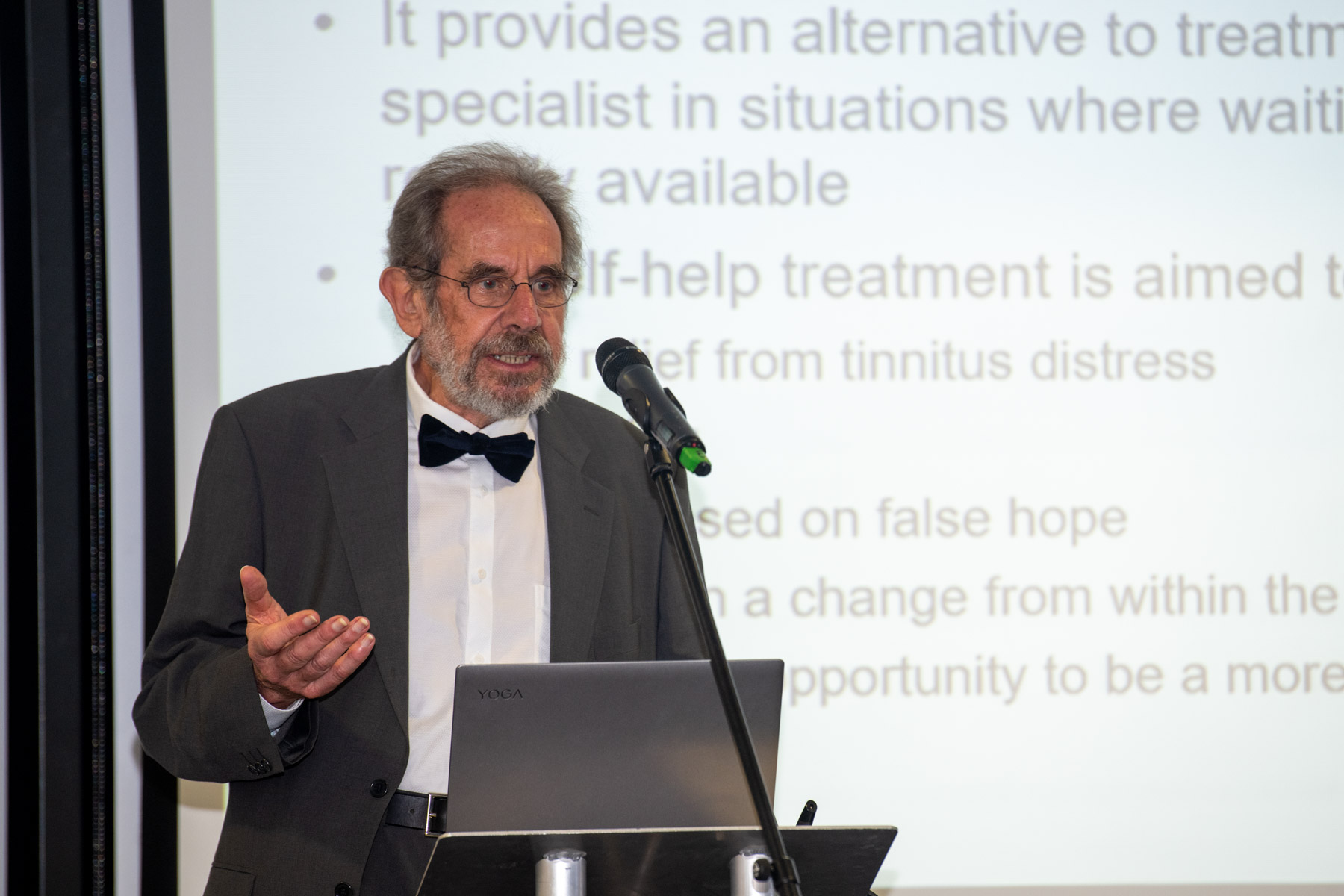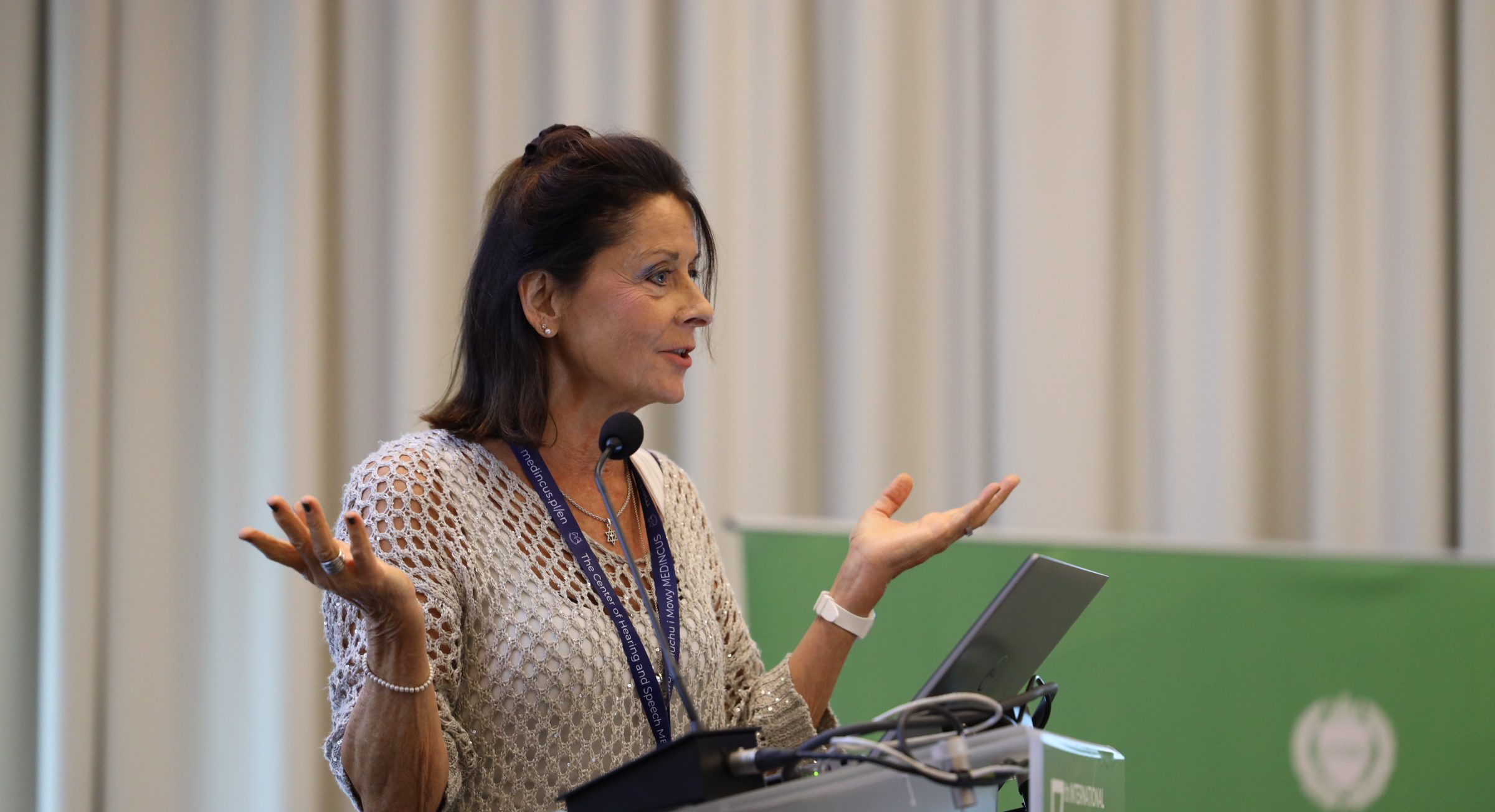Faculty and Programme
The full congress programme will be released in due course. In the meantime, we are pleased to share an overview of the scientific tracks that form the backbone of WTC/ITS 2027, along with a list of confirmed faculty members contributing to each area. A complete faculty list will be published soon.
The theme of the 4th World Tinnitus Congress — From Mechanism to Meaning: The ABC of Tinnitus — will be brought to life through a carefully curated scientific programme, combining eleven thematic tracks with a series of distinguished keynote lectures.
The programme spans a broad and interdisciplinary range of research domains, reflecting the complexity and evolving landscape of tinnitus science and care. Each track is led by subject-matter experts who shape the content to ensure clinical relevance, academic rigour, and intellectual depth. Topics range from cutting-edge neuroimaging and computational modelling to the psychological mechanisms of distress, cognitive behavioural therapies, molecular genetics, neuromodulation, audiology, and somatosensory contributions. Additional tracks address pharmacological and nutritional treatments, clinical subtyping, medical and vascular causes, and the emerging science of auditory consciousness and internal sound perception.
To enrich the scientific experience and support the congress theme, a set of high-profile keynote formats will complement the tracks. These include the traditional Tonndorf Lecture, a hallmark of the International Tinnitus Seminar, as well as newly established formats: the Marilyn Penner Lecture on the psychoacoustics of tinnitus, the Mary Meikle Lecture on its neurobiological basis, the Praxis Lecture on translational research, the Jack Vernon Torch Lecture, the Jane Henry Quiet Mind Lecture, the Harmonia Lecture and the Ouroboros Lecture. Full descriptions of these lectures are available on the dedicated Lectures page.
This structure is designed to support both deep specialisation and cross-disciplinary integration, laying the foundation for a future of stratified, multimodal, and personalised tinnitus care. Whether you are a clinician, researcher, or stakeholder, the WTC scientific programme aims to sharpen understanding, stimulate innovation, and accelerate meaningful progress.
Scientific Faculty
Preliminary list – more names to be announced
Dr Hashir Aazh (UK)
Dr Mehdi Abouzari (USA)
Dr Sarah Albelaikhi (Saudi Arabia)
Dr Nora Al Konaisy (Egypt)
Dr Hala AlOmari (Jordan)
Dr Molnár András (Hungary)
Professor Gerhard Andersson (Sweden)
Dr Irina Arechvo (Lithuania)
Dr Berkay Arslan (Turkey)
Dr Zehra Aydoğan (Turkey)
Dr Andreia Azevedo (Brazil)
Dr Freya Bailes (UK)
Professor Doris-Eva Bamiou (UK)
Professor Gregory J. Basura (USA)
Dr Natan Bauman (USA)
Ms. Siri M. Bergseth (Norway)
Dr Eldre Beukes (USA)
Dr Bojana Bukurov (Serbia)
Professor Anthony T. Cacace (USA)
Dr Julia Campbell (USA)
Professor Andrea Cavanna (UK)
Dr Shahrzad Cohen (USA)
Dr Rilana Cima (The Netherlands)
Dr Carlos Cuilty (Mexico)
Professor Nuno Trigueiros Cunha (Portugal)
Professor Ali A. Danesh (USA)
Dr Emile de Kleine (Netherlands)
Professor Dirk De Ridder (New Zealand)
Dr. Arianna Di Stadio (Italy)
Professor Hamid R. Djalilian (USA)
Professor Alberto Eibenstein (Italy)
Dr Amr El Refaie (Republic of Ireland)
Dr Haitham H. Elfarargy (Egypt)
Professor Saad Elzayat (Egypt)
Dr Falco Enzler (Switzerland)
Dr Kathryn Fackrell (UK)
Professor Marc A. Fagelson (USA)
Professor Ricardo Rodrigues Figueiredo (Brazil)
Dr Alessandra Fioretti (Italy)
Professor Brian J. Fligor (USA)
Professor Craig Formby (USA)
Professor Annick Gilles (Belgium)
Professor James Hall (USA)
Dr Zhao Han (China)
Professor Jim Henry (USA)
Dr Derek Hoare (UK)
Dr Maria Hoff (Sweden)
Dr Yue-Lin Hsieh (China)
Professor Vasiliki Maria Iliadou (Greece)
Dr Zahra Jafari (Canada)
Dr James Jackson (UK)
Dr Ana Jotic (Serbia)
Professor Pawel J. Jastreboff (USA)
Professor Wafaa Kaf (USA)
Dr Zacharias Kalentakis (Greece)
Dr Stergios G. Kaprinis (Greece)
Dr Veronica Kennedy (UK)
Professor Hannah Keppler (Belgium)
Professor Kibum Kim (South Korea)
Professor Tobias Kleinjung (Switzerland)
Professor Marlies Knipper (Germany)
Dr Henk M. Koning (The Netherlands)
Professor Akeem Olawale Lasisi (Nigeria)
Ms. India Lawton (UK)
Professor Ho Yun Lee (South Korea)
Dr Yuehong Liu (China)
Dr Alain Londero (France)
Dr Christine Louw (South Africa)
Professor Birgit Mazurek (Germany)
Mr. Don McFerran (UK)
Dr Laurence McKenna (UK)
Professor Nishchay Mehta (UK)
Professor Sarah Michiels (Belgium)
Professor Brian C.J. Moore (UK)
Dr Kenny Morse (USA)
Dr Susanne Nemholt (Denmark)
Guri Engernes Nielsen (Norway)
Dr Arnaud Norena (France)
Professor Vasco de Oliveira (Portugal)
Dr Nicole Peter-Siegrist (Switzerland)
Dr Prashanth Prabhu (India)
Professor Shakeel R. Saeed (UK)
Professor Richard Salvi (USA)
Professor Tanit Ganz Sanchez (Brazil)
Dr Tricia Scaglione (USA)
Professor Winfried Schlee (Switzerland)
Dr Magdalena Sereda (UK)
Dr Will Sedley (UK)
Professor Anil K. Seth (UK)
Dr Mehrnaz Shoushtarian (Australia)
Professor Piotr H. Skarżyński (Poland)
Professor Jae-Jin Song (South Korea)
Dr Joshua J. Sturm (USA)
Professor Christopher Spankovich (USA)
Dr Wei Sun (USA)
Dr Lauren Taylor (UK)
Professor Sven Vanneste (Republic of Ireland)
Dr Sabarinath Vijayakumar (UK)
Professor Bart Vinck (Belgium)
Dr Sebastian Waechter (Sweden)
Professor Hui Wang (China)
Dr Myriam Westcott (Australia)
Professor Wuqing Wang (China)
Dr Sanjeev Yadav (India)
Professor Shankai Yin (China)
Professor Fan-Gang Zeng (USA)
Scientific Tracks
At WTC/ITS 2027, the scientific programme is organised into themed sections called tracks. Each track represents a core area of research or clinical focus in tinnitus and related conditions (e.g. neurophysiology, CBT, audiology, pharmacology, consciousness studies). The tracks help guide abstract submissions, facilitate coherent session planning, and ensure that the full breadth of the field is represented.
Tracks are intended to be inclusive, not restrictive — they provide a thematic anchor for content rather than rigid boundaries.
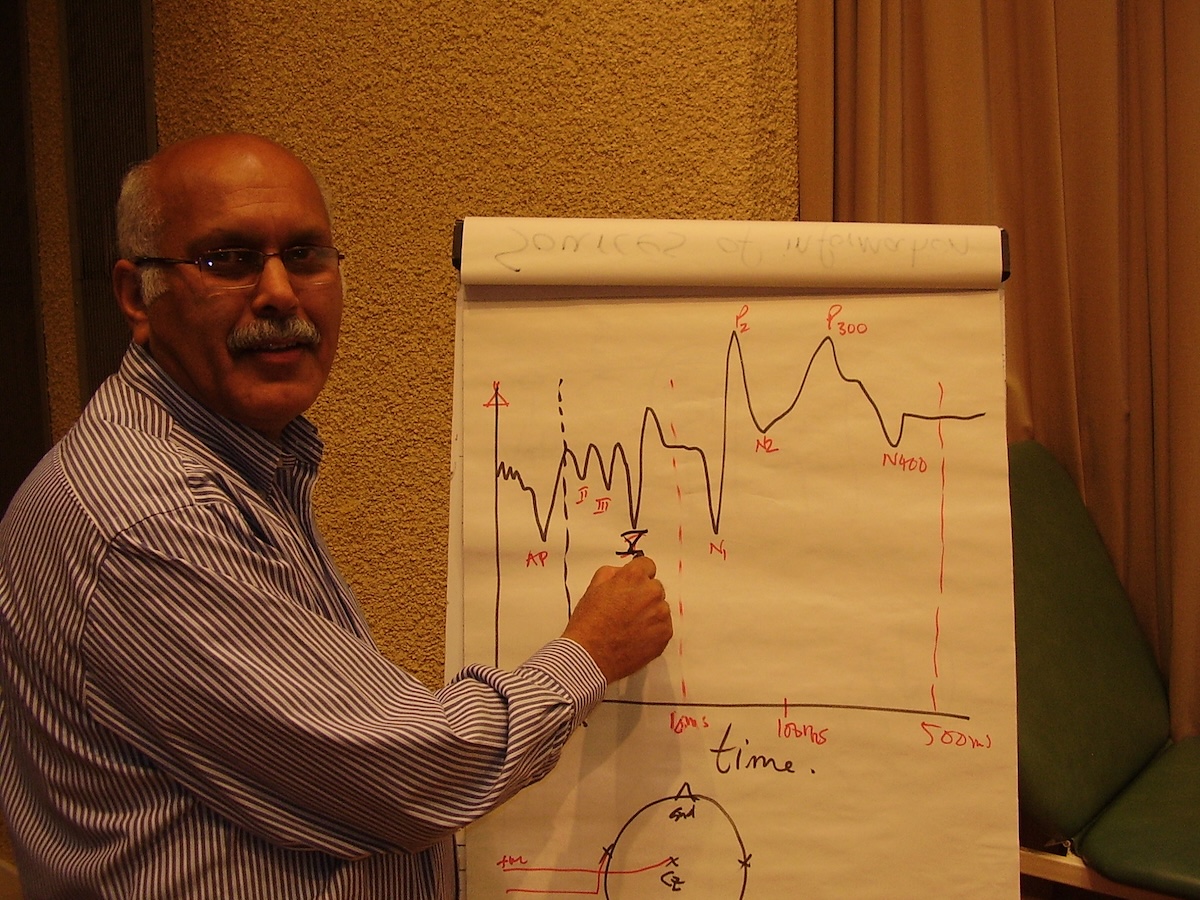
Track 1: Neurophysiology and
Neural Correlates of Tinnitus
This track explores the neural mechanisms underlying tinnitus, with a focus on brain activity patterns, connectivity, and plasticity. Emerging insights from EEG, MEG, and fMRI are revealing how auditory and limbic networks contribute to the generation and maintenance of tinnitus. Particular attention is given to thalamocortical dysrhythmia, cortical inhibition, and the use of auditory evoked potentials as tools for identifying abnormal auditory pathway processing.
Computational modelling, including machine learning, is increasingly employed to predict neural correlates and tinnitus outcomes. The track also examines how disruptions in the default mode and salience networks may account for cognitive and attentional difficulties frequently observed in tinnitus sufferers.
- Advances in EEG, MEG, and fMRI mapping of auditory and limbic network disruptions
- Role of thalamocortical dysrhythmia, cortical inhibition, and auditory evoked potentials
- Machine learning models for predicting brain activity in tinnitus
- Studies of cortical and subcortical plasticity in tinnitus perception
- Default mode and salience network disruptions
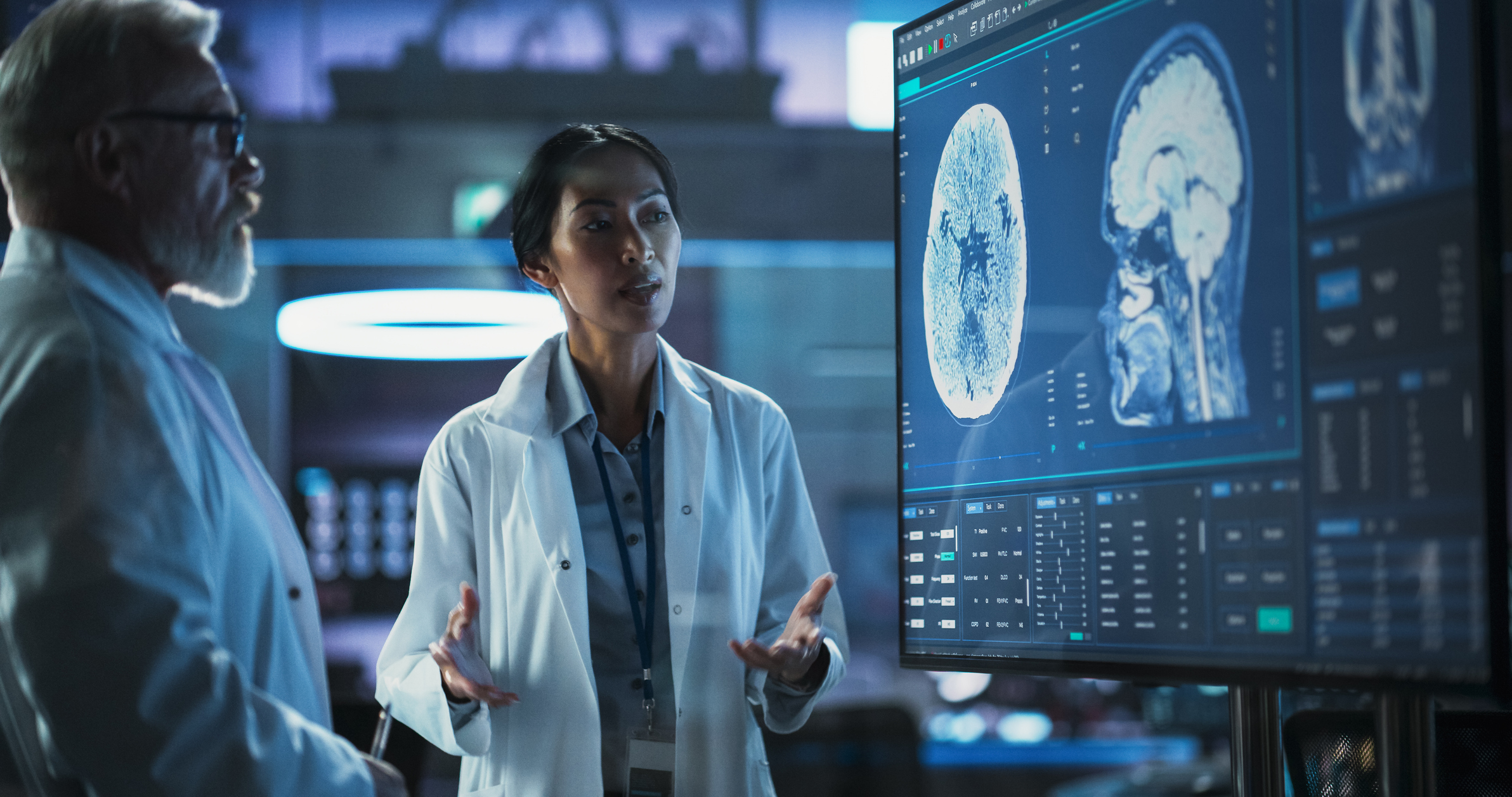
Track 2: Cognitive, Emotional, and
Psychological Mechanisms
This track focuses on cognitive and emotional neuroscience, exploring the psychological dimensions of tinnitus, including its bidirectional relationship with mental health. It examines how emotional states such as anxiety, depression, trauma, and insomnia exacerbate tinnitus distress, and how cognitive patterns—such as executive function, attention control, and emotional processing—contribute to chronicity.
Emerging research on psychological inflexibility, personality traits, and stress reactivity sheds light on individual vulnerability and heterogeneity in response. Advanced network analyses are helping to identify clusters of symptoms and clarify whether tinnitus is best understood as a symptom, a comorbidity, or a condition in its own right.
Unlike Track 3, which focuses on cognitive-behavioural and therapeutic interventions, this track investigates the mechanisms underlying tinnitus distress—how psychological processes influence perception, regulation, and adaptation. It offers a theoretical and empirical foundation for understanding why some individuals are more affected than others, and how mental health, neurocognitive profiles, and emotional reactivity interact to shape the lived experience of tinnitus.
- Associations with anxiety, depression, distress, and insomnia
- Time perception and executive function disruption in tinnitus distress
- Psychological inflexibility, emotional processing, and personality traits
- Impact of stress, trauma, and attention regulation on tinnitus severity
- Network analysis of comorbid psychological symptoms in tinnitus sufferers
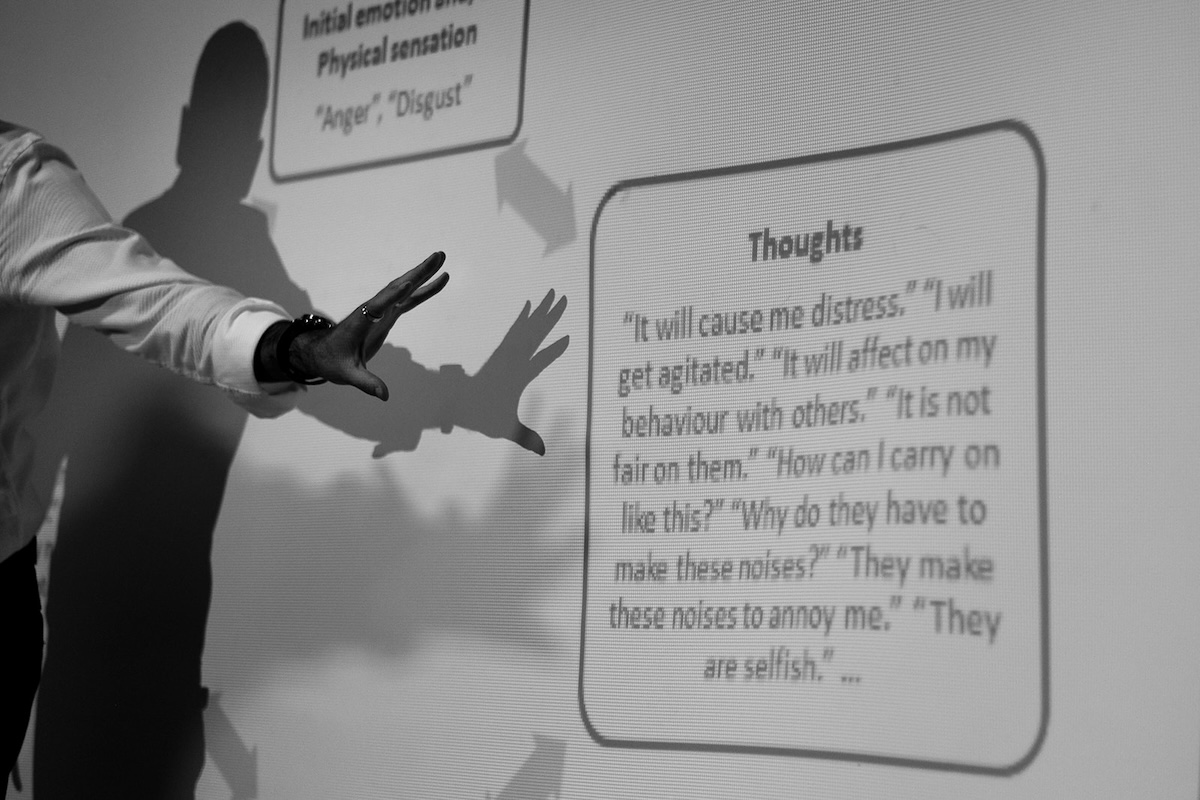
Track 3: Cognitive Behavioural Therapies and
Psychosocial Interventions
This track presents evidence on psychological interventions for tinnitus, including therapist-delivered and internet-based cognitive behavioural therapies (CBT). It includes studies evaluating audiologist- and psychologist-delivered CBT, as well as adaptations for insomnia, hyperacusis, and misophonia.
Innovations in delivery such as iCBT, group therapy, and hybrid digital models are reviewed alongside results from RCTs and clinical cohorts. The role of habit reversal, attention redirection, mindfulness, and self-efficacy in reducing tinnitus distress are also discussed. Cultural and linguistic adaptation of CBT programmes — and their readability, acceptability, and clinical impact — form an important component of this session.
- Clinical trials on CBT and mindfulness for tinnitus, including iCBT
- Internet-based CBT adaptations for different populations and delivery modes
- Group CBT, CBT for insomnia, and counselling efficacy studies
- Frameworks for habit formation, directed attention, and psychological reframing
- Readability and cultural adaptation of CBT programmes internationally
- Pilot studies on smart device-based and virtual tinnitus therapies
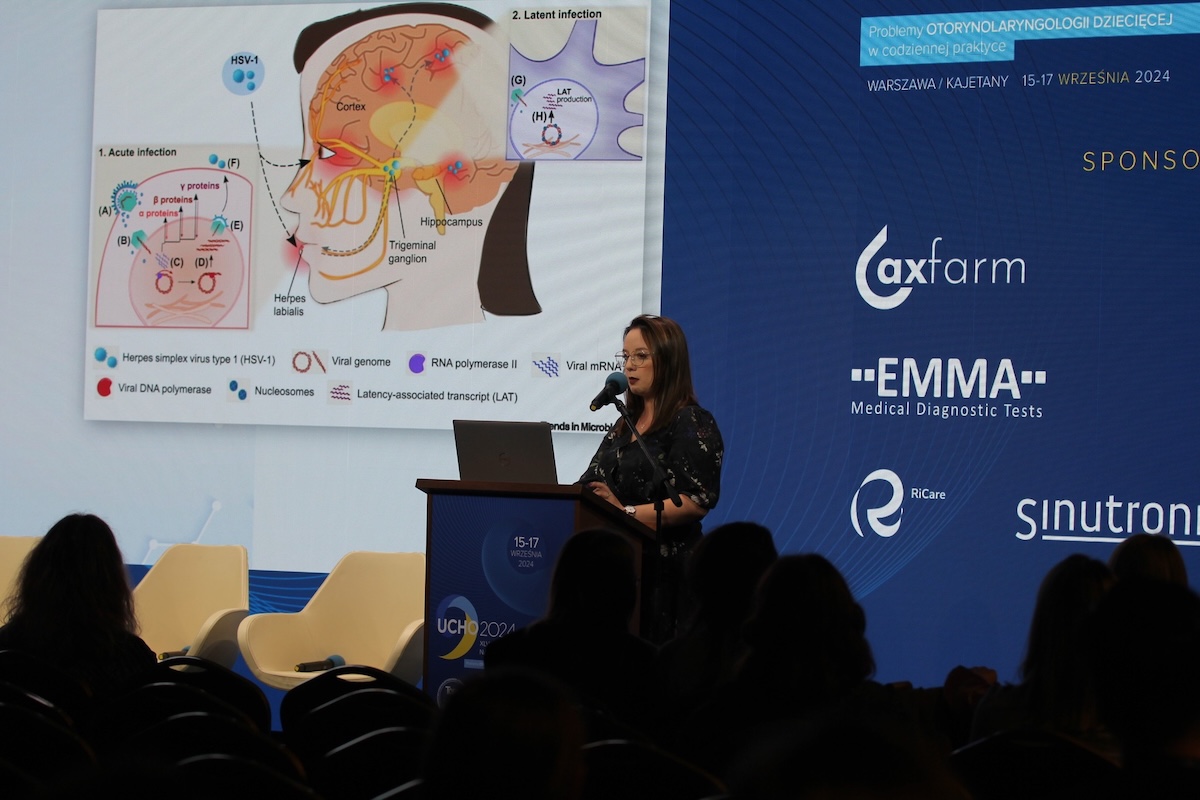
Track 4: Genetics, Biomarkers, and
Molecular Mechanisms
This track investigates the biological underpinnings of tinnitus, from molecular pathways to gene expression and emerging biomarkers. Topics include the role of BDNF, DNA methylation, and gene-environment interactions. Studies on animal models using salicylate or noise trauma offer insight into oxidative stress and synaptopathy.
Advanced omics and neuroimaging markers are used to explore subtyping and treatment prediction. Deep learning and precision medicine approaches offer a window into individualised risk profiles and responses. The track encourages interdisciplinary dialogue between geneticists, neuroscientists, and clinicians to bridge the translational gap.
- Studies on BDNF, DNA methylation, and antisense RNA polymorphisms
- Salicylate-induced and noise-induced molecular models of tinnitus
- Oxidative stress markers and metabolomic profiles in chronic tinnitus
- Brain-derived neurotrophic factors and gene expression correlates
- Deep learning and biomarker-based prediction models for treatment outcomes
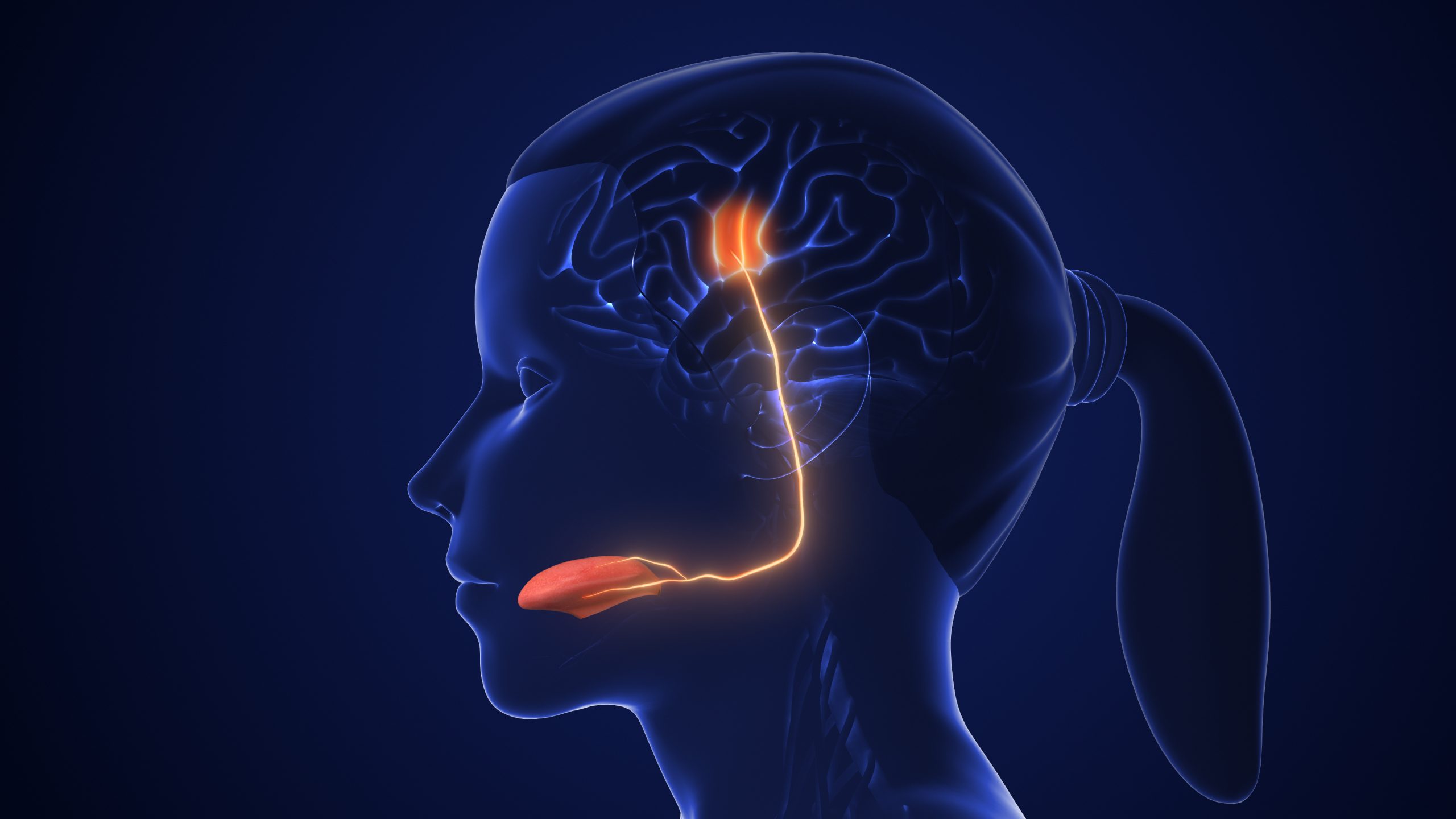
Track 5: Neuromodulation, Stimulation, and
Emerging Therapies
This track showcases advances in electrical and non-invasive stimulation approaches for tinnitus, including transcranial random noise stimulation (tRNS), high-definition tDCS, auricular vagus nerve stimulation (VNS), and transcranial magnetic stimulation. Synergistic protocols combining stimulation with CBT or bimodal neuromodulation methods are also discussed.
In addition, the session reviews the neural impact of alternative modalities such as acupuncture, and low-level laser therapy. The goal is to identify effective, scalable, and tolerable interventions for various subtypes of tinnitus, especially where conventional treatments fall short.
- Transcranial random noise stimulation and high-definition tDCS protocols
- Auricular vagus nerve stimulation and other non-invasive/or invasive methods
- Cortical activation changes during acupuncture and laser therapies
- Novel approaches combining stimulation with behavioural interventions
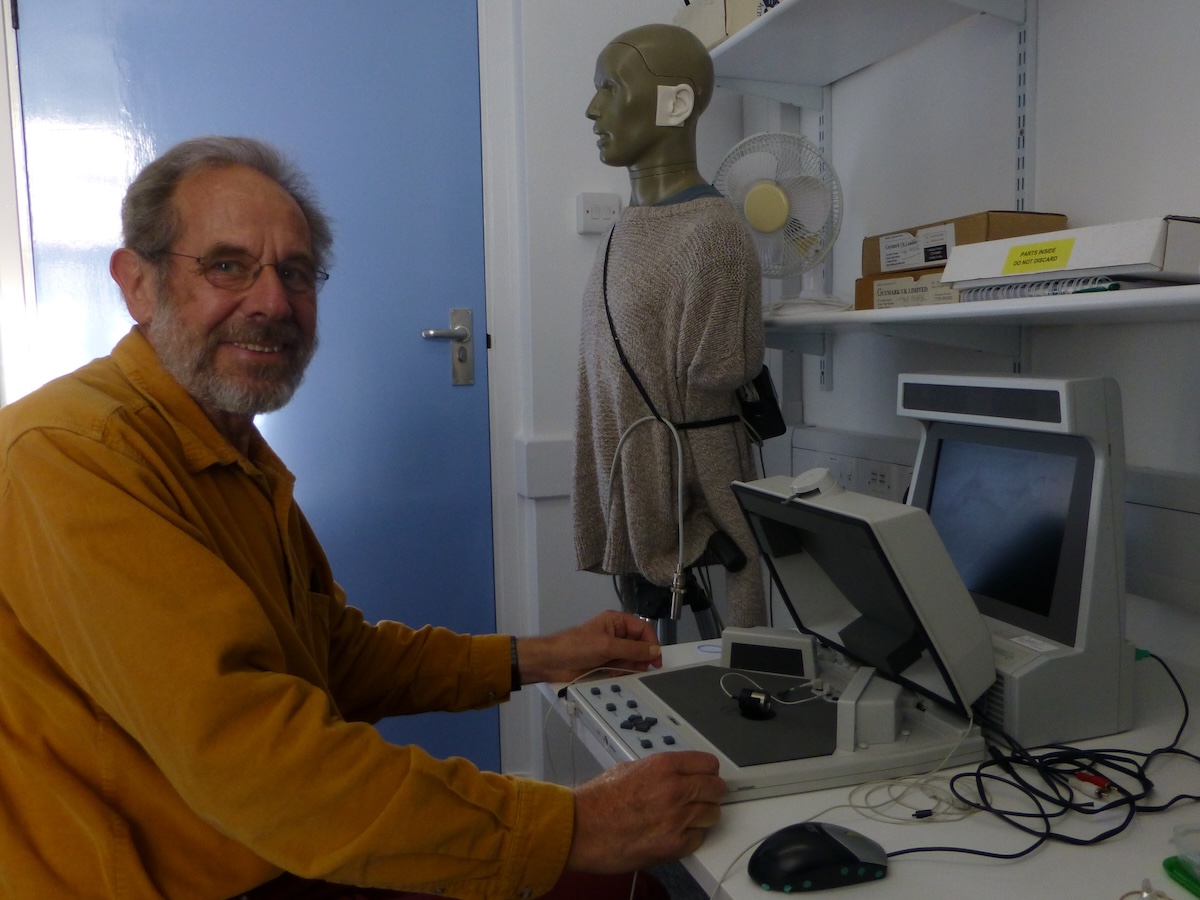
Track 6: Audiological Interventions and
Hearing Technologies
This track addresses the audiological management of tinnitus and associated hearing loss. It includes recent findings on psycho-education and tinnitus distress, hearing aid fitting strategies (e.g. CROS, BiCROS), cochlear implants, and sound therapy options such as tinnitus retraining therapy (TRT) and modified masking.
Digital health tools — including telerehabilitation, virtual consultations, and app-based solutions — are covered alongside clinical assessments like pitch matching and residual inhibition. The track also delves into listening effort, auditory working memory, and speech-in-noise difficulties that affect patients with normal audiograms but persistent tinnitus.
- Impact of hearing aids, CROS/BiCROS, and cochlear implants on tinnitus
- Interaction of tinnitus with speech-in-noise perception and listening effort
- Psycho-education, telerehabilitation and virtual clinics for hearing and tinnitus management
- Acoustical therapies including modified sound masking and TRT
- Psychoacoustic characterisation and pitch-matching methods
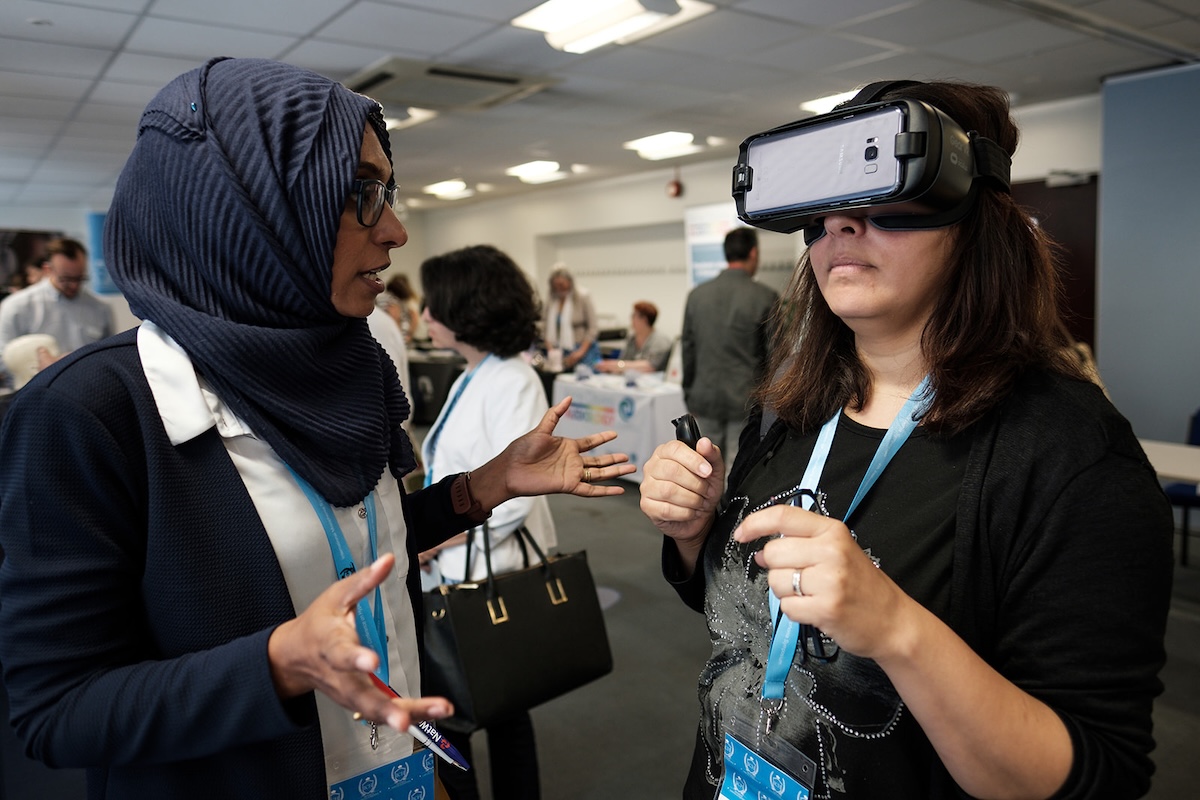
Track 7: Somatosensory and Multisensory Influences
on Tinnitus
This track explores the somatosensory contributions to tinnitus, with a focus on conditions such as temporomandibular joint disorder (TMD) and cervical spine dysfunction. It addresses how sensory input from non-auditory systems—particularly somatic, visual, vestibular, and olfactory—can modulate tinnitus perception through cross-modal integration and neuroplasticity.
We examine evidence from randomised controlled trials, pilot studies, and case reports on somatosensory stimulation therapies, muscle myoclonus, and unusual phenomena such as tinnitus triggered by forceful eyelid closure. The track encourages researchers and clinicians to adopt multisensory frameworks in both assessment and intervention.
- Somatosensory tinnitus linked to TMD and cervical spine dysfunction
- Forceful eyelid closure and somatic modulation phenomena
- Effects of somatosensory stimulation therapy on tinnitus perception
- Visual, olfactory, and vestibular interactions with auditory pathways
- Parahippocampal involvement in sensory integration and multimodal cortical responses
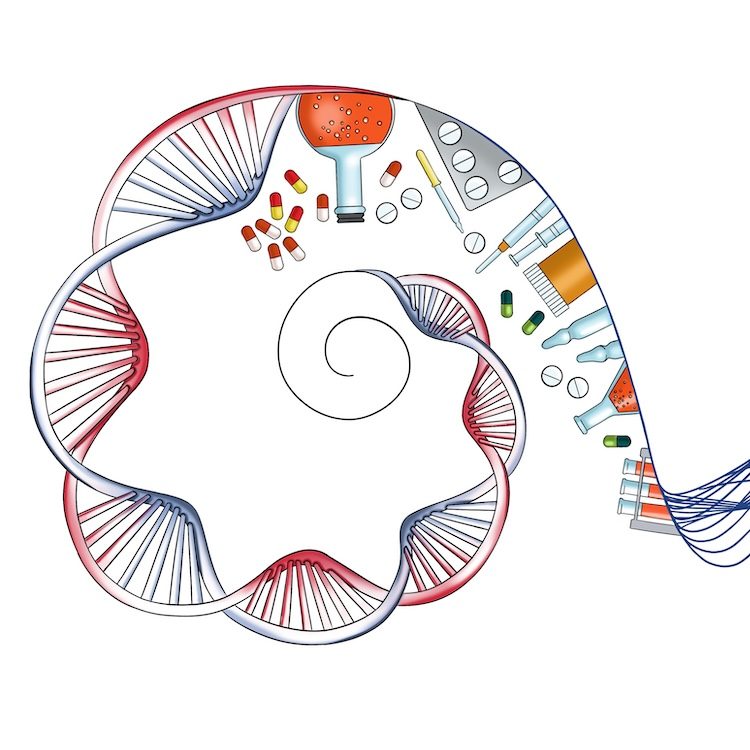
Track 8: Pharmacology, Botanicals, and
Nutritional Therapies
This track presents emerging research into pharmacologic and natural therapies for tinnitus. Topics include controlled trials of Ginkgo biloba, St. John’s Wort, and antioxidant supplements, as well as exploratory studies on endocannabinoids, resveratrol, and botulinum toxin. Investigations into dietary factors, vitamin D, lipid metabolism, and blood rheology also feature.
Novel drug targets — including nicotinic and muscarinic acetylcholine receptors — are discussed in the context of auditory inhibition. While evidence remains mixed, this track aims to critically evaluate biochemical and dietary strategies that may complement other tinnitus interventions.
- Trials of Ginkgo biloba, St. John’s Wort, antioxidants, and herbal blends
- Studies on cannabis use, vitamin D deficiency, and dietary correlations
- Resveratrol, BDNF modulation, and botulinum toxin case studies
- Lipid profile responses and blood rheology in tinnitus patients
- Drug target research including nicotinic and muscarinic receptor pathways
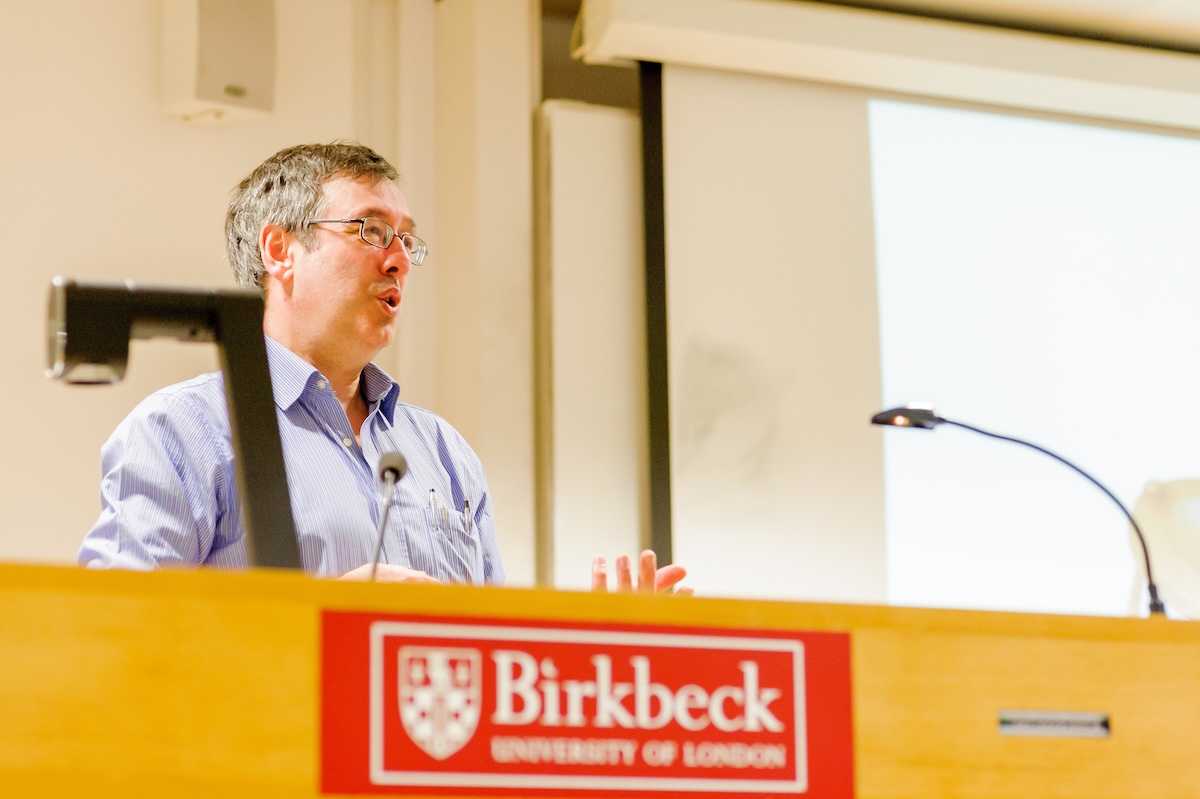
Track 9: Clinical Phenotyping and
Subgroup Analysis
This track explores the classification of tinnitus into clinically relevant subgroups. It includes subtyping based on hearing loss, hyperacusis, modulation, laterality, comorbidities, and duration. Research presented will include large-scale epidemiological studies, ecological momentary assessments, and machine learning clustering.
The track also examines gender differences, pediatric and elderly profiles, and predictors of treatment outcome or spontaneous resolution. The goal is to identify meaningful phenotypes that can guide personalised care pathways and stratified clinical trials.
Subtyping based on hearing loss, hyperacusis, modulation, laterality, comorbidities, and duration
- Population-based studies on prevalence, risk factors, and gender effects
- Predictive models for treatment outcomes and distress severity
- Paediatric and elderly tinnitus cohorts with unique features
- Data-driven clustering and ecological momentary assessment methods
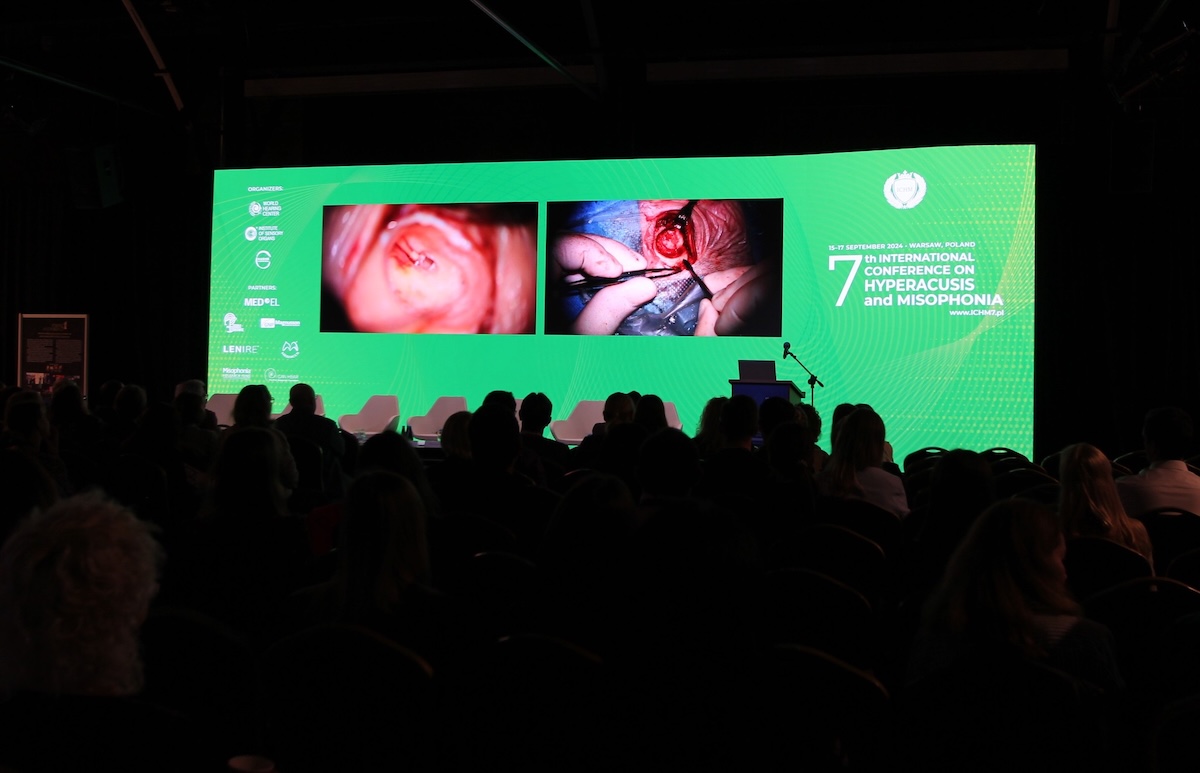
Track 10: Medical and Vascular Aetiologies
of Tinnitus
This track focuses on the identifiable medical causes of tinnitus, especially its pulsatile and rhythmic forms. It places additional emphasis on otologic and neurologic conditions that can lead to treatable causes of tinnitus, including otosclerosis, Meniere’s disease, acoustic neuroma, and middle ear or palatal myoclonus.
The track underscores the importance of tinnitus subtyping during medical interviews, as well as the necessity of step-wise imaging and multidisciplinary diagnostic and therapeutic strategies. Furthermore, it highlights how comorbidities can affect quality of life.
- Diagnostic pathways, multidisciplinary evaluations, and the impact quality of life.
- Otoneurological assessment including ear imaging
- Neuroimaging findings: venous and arterial stenosis, dural AVFs, sigmoid sinus and jugular bulb variants, intracranial hypertension, and other neurosurgical conditions
- Otologic and neurologic causes: otosclerosis, Meniere’s, acoustic neuroma, myoclonus
- Connections to vascular anomalies, and brain perfusion asymmetry
- Outcomes of medical, surgical and neuroradiological interventions
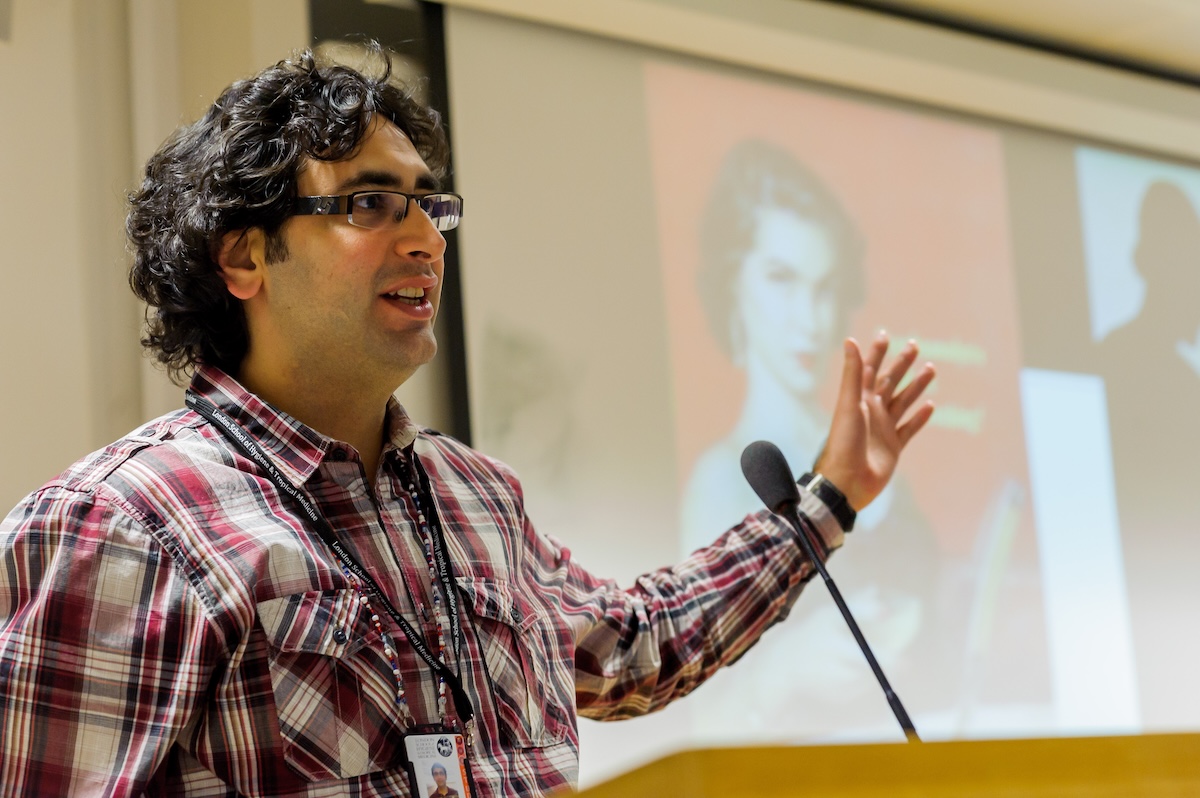
Track 11: Consciousness, Inner Music, and Auditory Imagery:
Neuroscientific, Clinical, and Cultural Perspectives
This track explores how internally generated auditory experiences — including auditory imagery, musical hallucinosis, and ‘exploding head syndrome’ — relate to tinnitus and broader theories of consciousness. Active inference and predictive coding models are used to understand how the brain fills in absent sensory input.
Other themes include trait suggestibility, volitional control, and the variability of conscious auditory phenomena across individuals. Cultural interpretations of phantom sounds are examined in both clinical and anthropological contexts.
The track connects tinnitus research to broader consciousness studies and perceptual neuroscience.
- Neural mechanisms of musical hallucinosis and auditory imagery
- Active inference, predictive coding, and models of auditory consciousness
- Phenomenology and diagnostics of “exploding head syndrome” and imagined soundscapes
- Perceptual diversity, trait suggestibility, and volitional modulation of phantom sounds
- Cultural interpretations and boundaries of internally generated auditory experience

